MCP: The Open Protocol That Turns LLM Chatbots into Intelligent Agents
LLMs have started to become widely known. They are used to generate text, answer questions, translate texts, and more. These models are becoming increasingly powerful and are employed across diverse fields.…
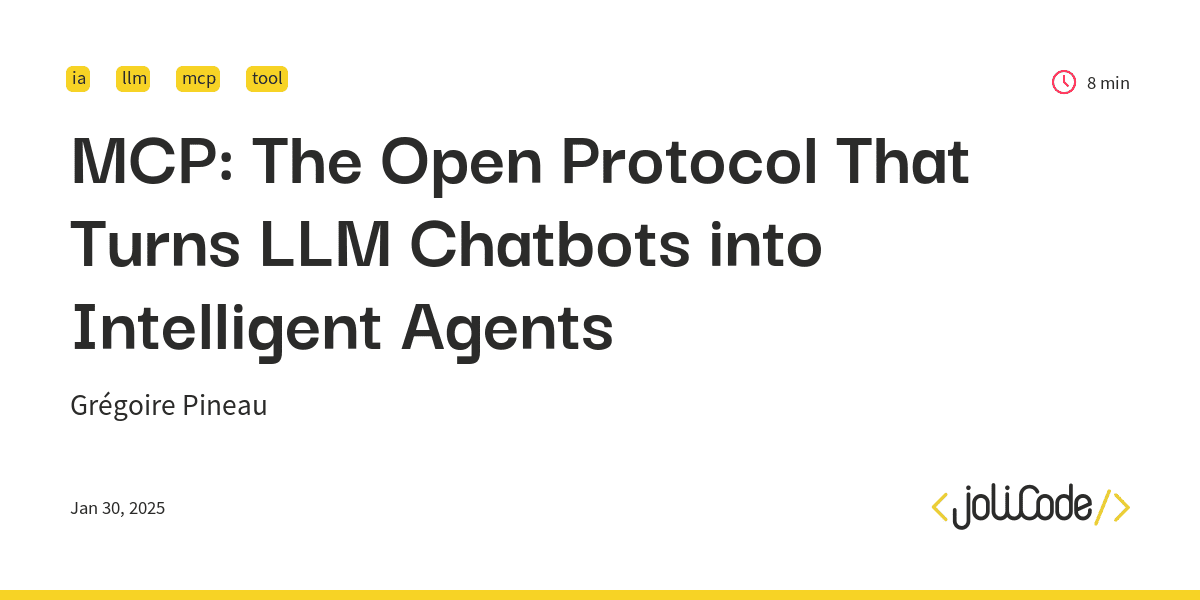
LLMs have started to become widely known. They are used to generate text, answer questions, translate texts, and more. These models are becoming increasingly powerful and are employed across diverse fields.
LLMs powers all the fancy IA you use like GPT, BERT, Claude, LLaMA, Deepseek, or Mistral.
We are reaching a point where LLMs have become smart enough. The next goal is enabling them to perform actions. For example, we want to be able to book a train or order a pizza directly from a chatbot.
The next step is to transform the LLM into a real assistant, an agent.
This is where MCP comes in. It is a protocol that allows a client to interact with a server capable of performing actions. The client sends a request to the server, which executes the action and returns the result.
Genesis of the Protocol
Some LLMs already support tools, but these are usually proprietary solutions. MCP aims to standardize how LLMs interact with tools.
On November 25, 2024, Anthropic announced the release of MCP. The protocol is open-source and free to use, designed to be simple and easy to implement.
On the official website, they describe MCP as:
MCP is an open protocol that standardizes how applications provide context to LLMs. Think of MCP like a USB-C port for AI applications. Just as USB-C provides a standardized way to connect your devices to various peripherals and accessories, MCP provides a standardized way to connect AI models to different data sources and tools.
How It Works
The Big Picture
At its core, MCP follows a client-server architecture where a host application connects to multiple servers:
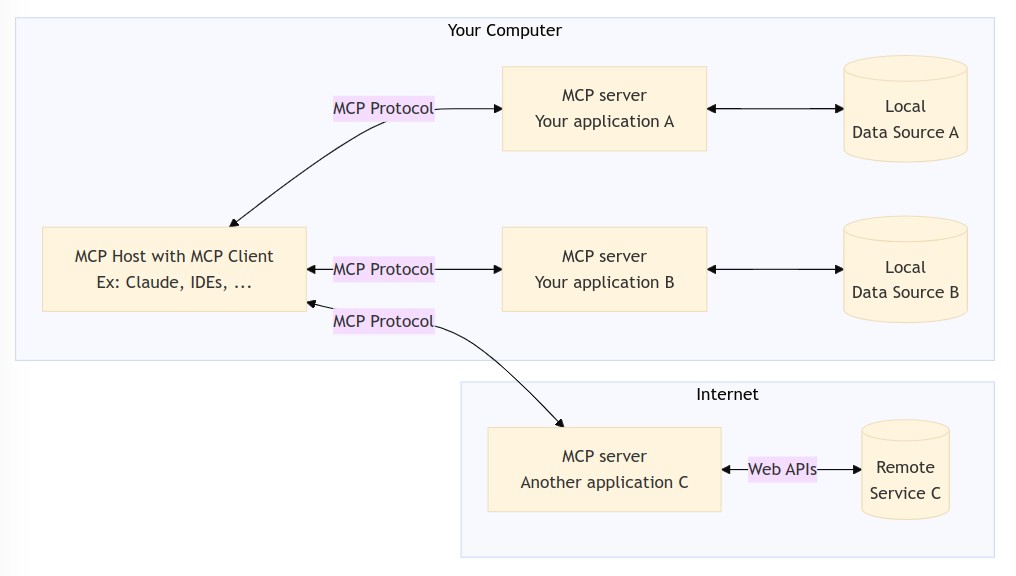
- MCP Hosts: Programs like Claude Desktop, IDEs, or AI tools that want to access data through MCP. Hosts can run multiple clients;
- MCP Clients: Protocol clients that maintain 1:1 connections with servers;
- MCP Servers: Lightweight programs exposing specific capabilities through the standardized Model Context Protocol — for example, a pizza delivery API or a train booking service.
For instance, when you use Claude Desktop (the host), you can configure it to interact with your application (the server). Claude Desktop may have many clients interacting with your application.
In this article, we'll focus on the server side, where the most interesting things happen because it's your application — the space for creativity!








![[LE CROC D’IXÈNE] Le ministre des Familles lance « Démographie 2050 »](https://media.bvoltaire.fr/file/Bvoltaire/2025/01/bv77-de-mographie-2050-vgn-516x482.jpg?#)

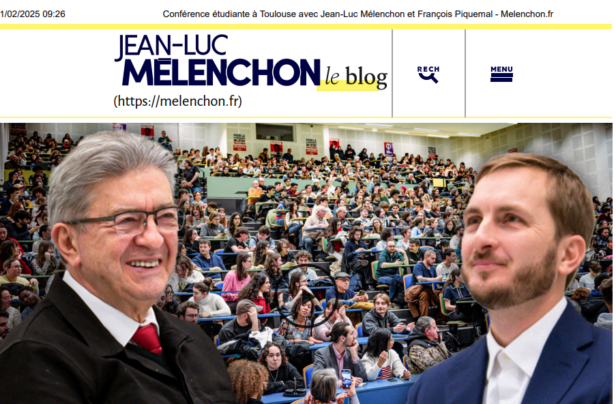
![[POINT DE VUE] Terrible constat : notre aviation de chasse tiendrait 3 jours](https://media.bvoltaire.fr/file/Bvoltaire/media/2021/05/rafale-616x379.png?#)




















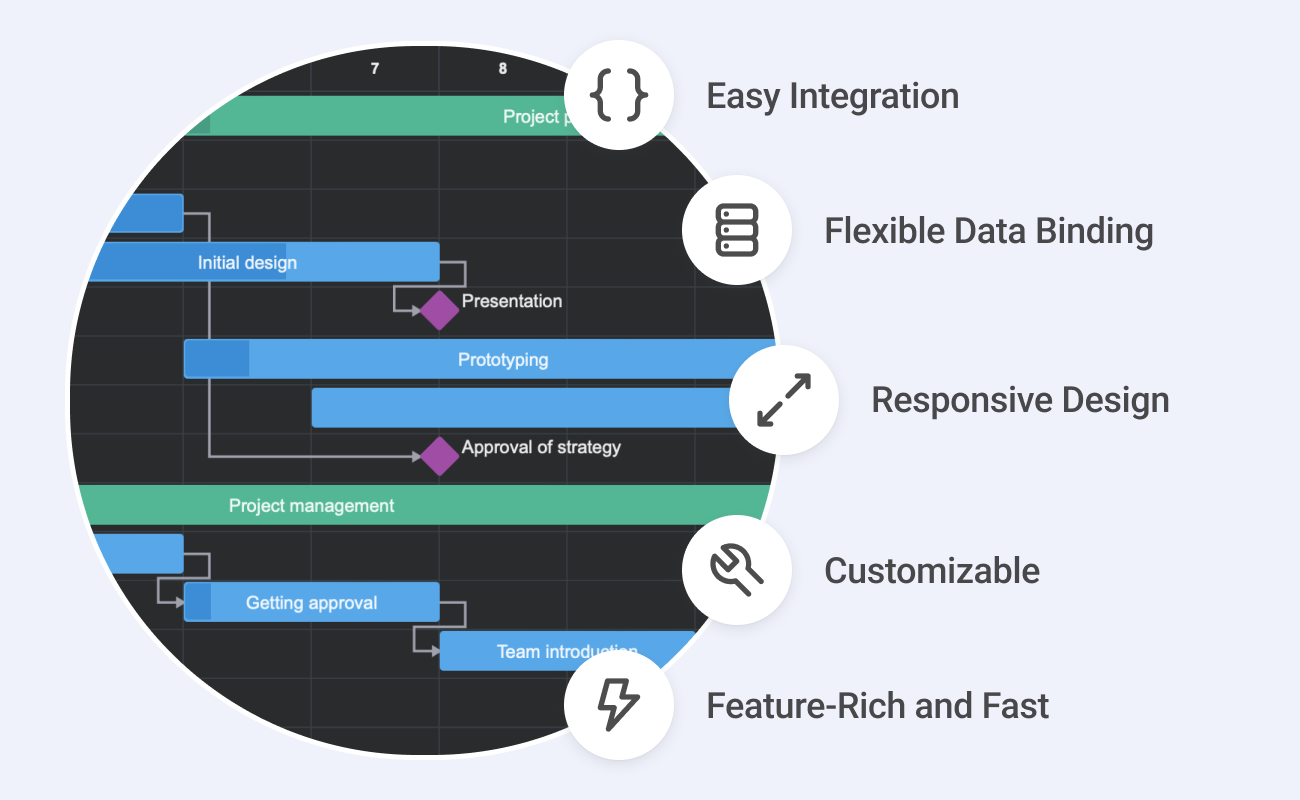













![[#Fridaynews 357] L’actualité Réseaux Sociaux de la semaine](https://swello.com/fr/blog/wp-content/uploads/2024/11/fridaynews-357.png)












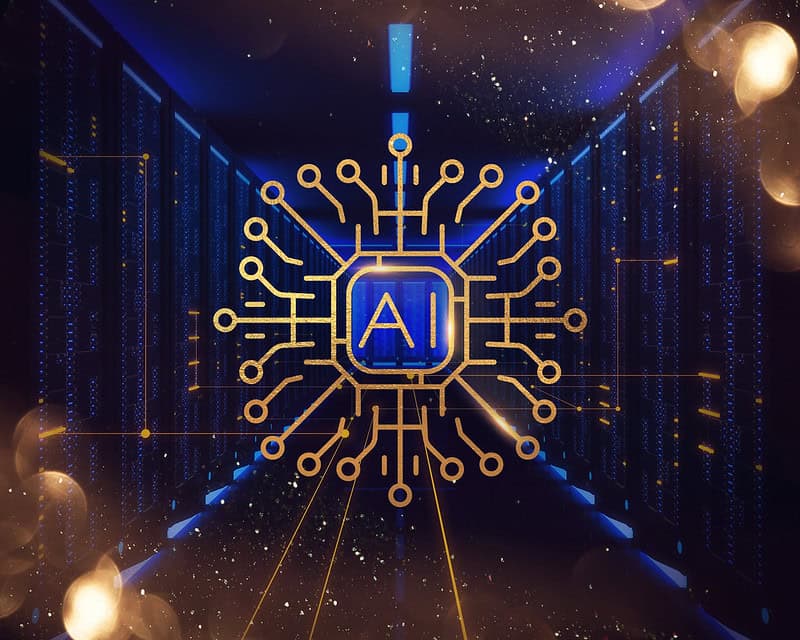














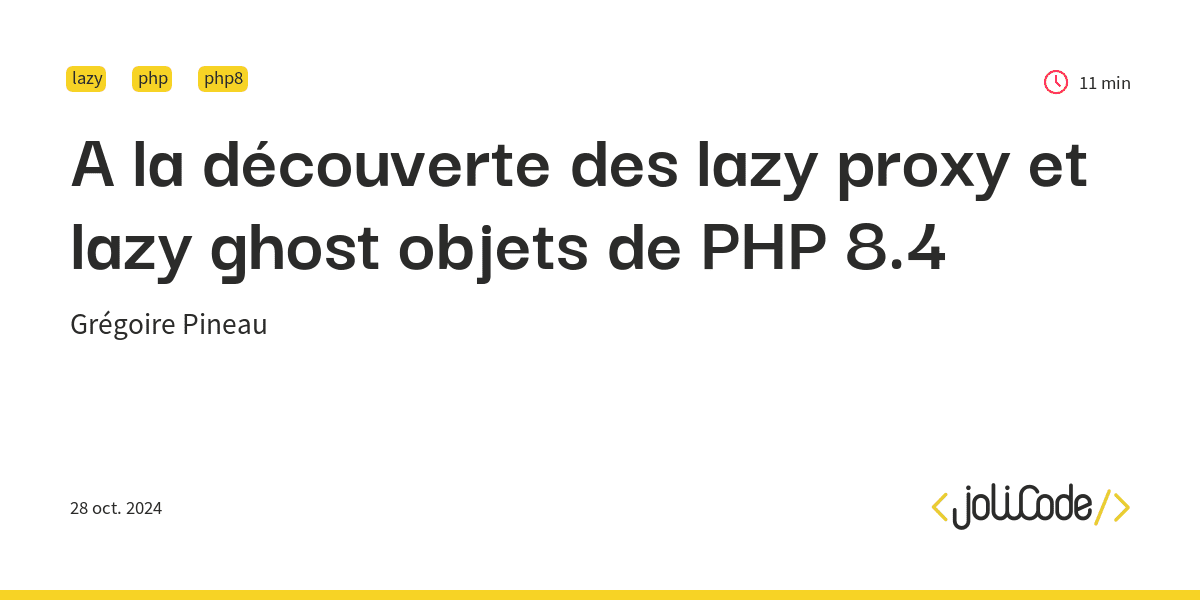
![Il n’y a jamais eu autant de cyberattaques qu’en 2024 : mais que font les entreprises ? [Sponso]](https://c0.lestechnophiles.com/www.numerama.com/wp-content/uploads/2024/09/fuite-de-donnees.jpg?resize=1600,900&key=5c92933b&watermark)